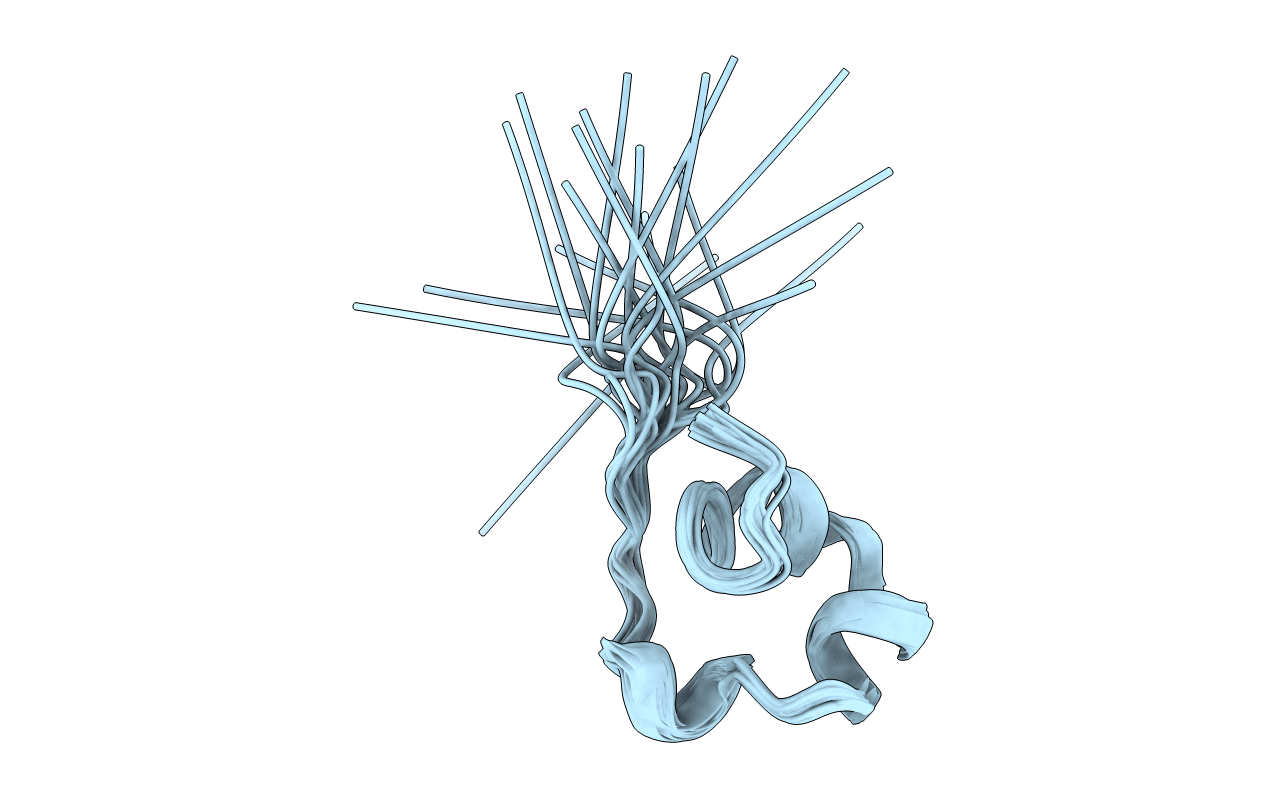
Deposition Date
2008-10-09
Release Date
2009-01-20
Last Version Date
2023-11-15
Entry Detail
PDB ID:
2K9E
Keywords:
Title:
NMR Solution Structure for ShK-192: A Potent KV1.3-Specific Immunosuppressive Polypeptide
Biological Source:
Source Organism:
Stichodactyla helianthus (Taxon ID: 6123)
Method Details:
Experimental Method:
Conformers Calculated:
50
Conformers Submitted:
20
Selection Criteria:
structures with the lowest energy


